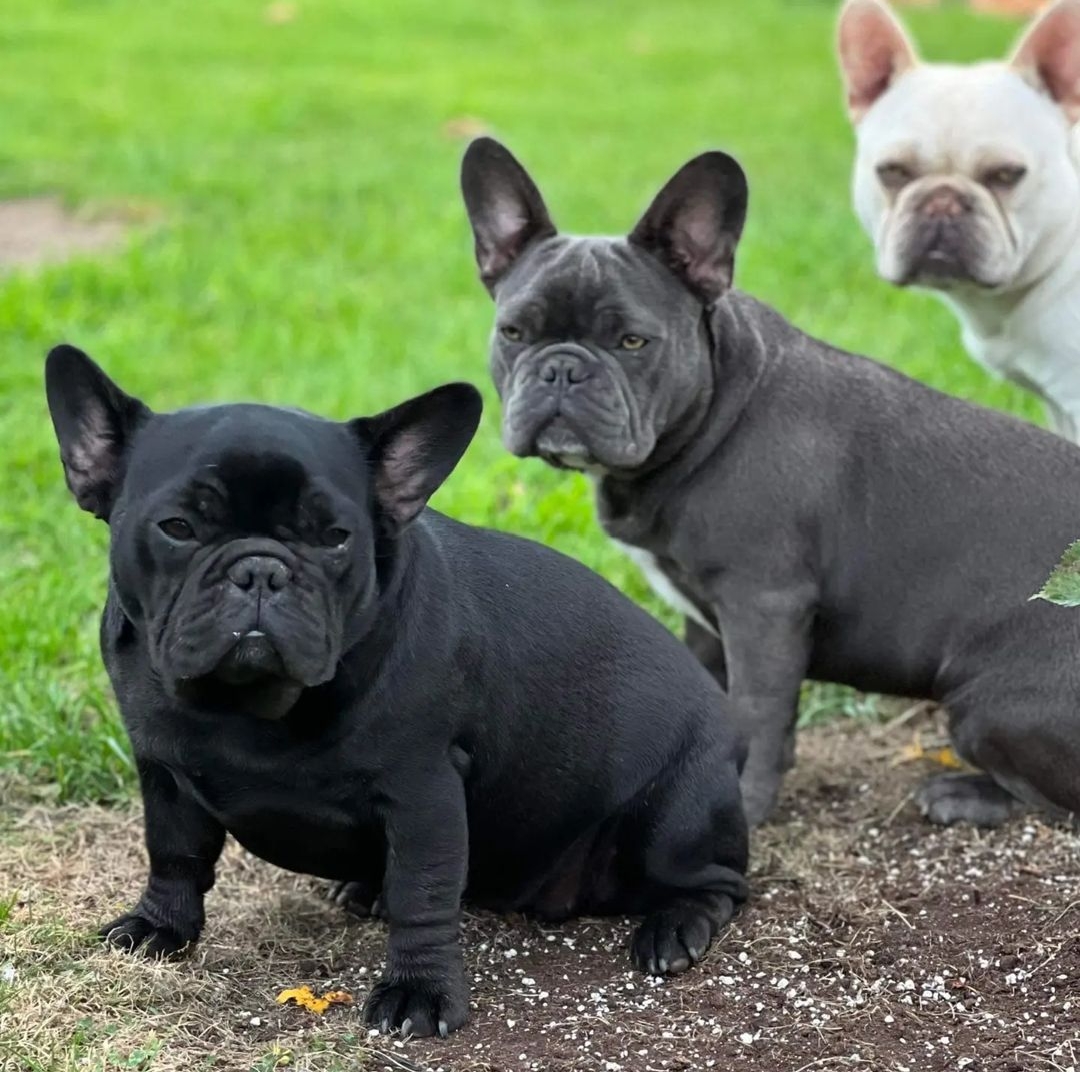Is Jumping Off The Couch Dangerous For Puppies?
- FreeRange null

- Oct 4, 2023
- 2 min read
Updated: Aug 8, 2024
The descent from the couch, is a common canine endeavor.
Our furry companions share the couch during daylight and snuggle into the warmth of our beds at night.
While the cozy bed experience is delightful, the morning beckons, and your dog, in a hurry, leaps off the bed to join you at the breakfast table.
The question arises: Is it safe or detrimental for dogs to engage in this leaping ritual?
The answer depends on various factors.

There are risks associated with small or large dogs leaping off furniture. While they may often appear unharmed, there's a potential for leg-related injuries, fractures, and damage to tendons and ligaments over time.
Older dogs face an increased risk, akin to aging humans experiencing brittle bones and muscle mass decline.
Why Dogs Leap Onto Beds?
Dogs are drawn to beds for comfort and the familiar scent of their favorite humans. The soft, elevated surface offers coziness, inviting your pooch to relax. The scent of their human companions on sheets and pillows adds an extra layer of comfort.
Unpacking the Risks:
The act of jumping involves a weight shift to the back legs, propelling the dog upward. This, coupled with the impact upon landing, can stress tendons, joints, and the spine. While jumping onto soft surfaces is less harmful, descending poses higher stress on joints, potentially leading to injuries.
Various factors contribute to the risks, including the height of the bed, the surface firmness, the dog's weight, breed, age, and overall health. Small and toy-sized dogs are more vulnerable due to their delicate bodies, while seniors and those with pre-existing conditions should avoid such leaps.
Puppy Caution: Soft Bones and Joint Vulnerability Puppies, with still-growing bones, face heightened risks during jumps. Their soft bones and delicate joints make them susceptible to injuries. Activities like jumping exercises and rough play can contribute to long-term joint issues.
Prevention Strategies:
Introduce alternatives like pet stairs or ramps. If desired, lower your bed or use a lower piece of furniture to facilitate safer access.
Post-Fall Assessment:
After a fall, watch for signs of injury, including lethargy, reluctance to walk, or pain during standing. However, some symptoms may emerge hours later. It is always best to get your dog vet checked after a fall.
All our puppies go home with PD Insurance
Vet bills can be very expensive
We highly recommend Pet Insurance
Click the link below to get your best quote






Comments